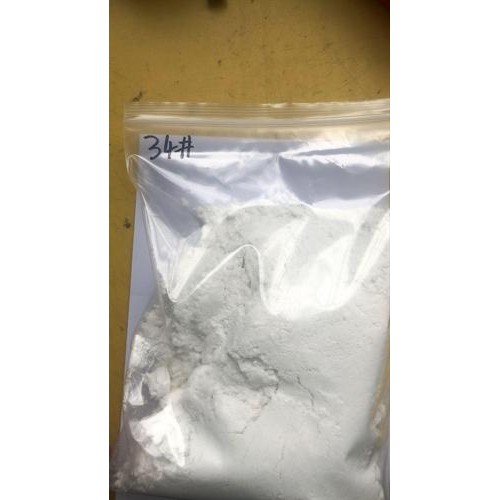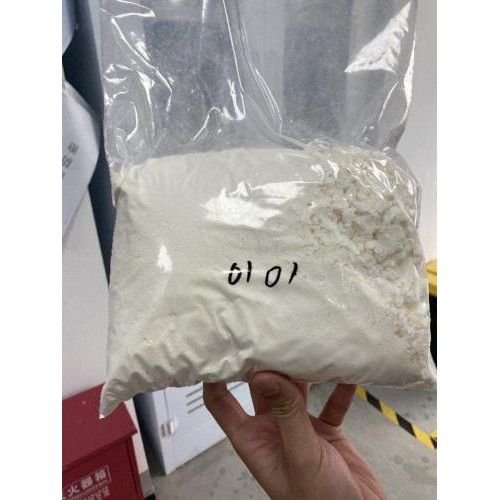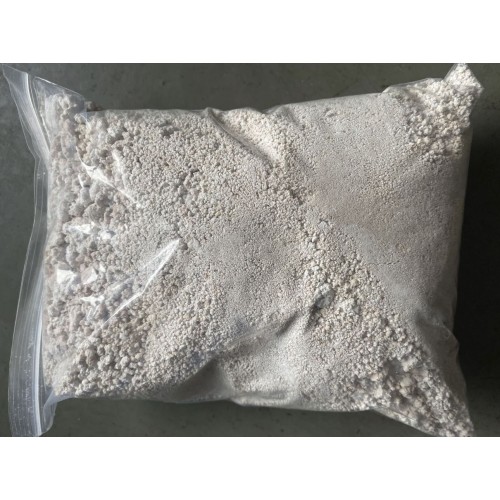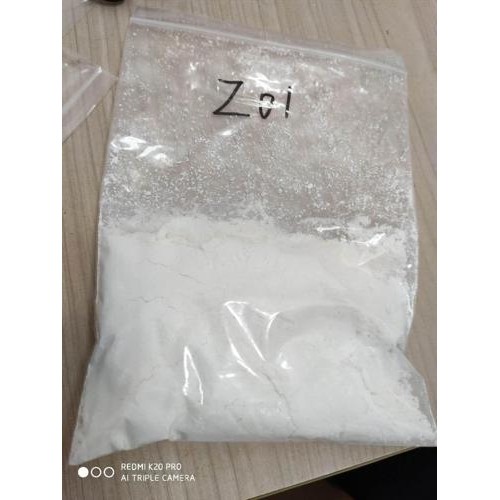Description
- 2 or more $125.00
- 5 or more $72.00
- 10 or more $54.00
- 20 or more $41.00
- 50 or more $30.00
- 100 or more $24.00
- 200 or more $17.50
- 500 or more $13.50
Pagoclone is a pharmaceutical substance that was under development for stuttering until the 2010s and was previously investigated for panic, anxiety, and premature ejaculation. It does not have a benzodiazepine structure, but it operates at the benzodiazepine site.
Although it had some efficacy in panic and stuttering, it was not sufficient to maintain investment, so the drug has never been commercialized.
It has occasionally been sold online, but its use outside of clinical research settings is minimal.
Info:
Pagoclone = RP 59037 (the racemate)
PubChem: 131664
Molecular formula: C23H22ClN3O2
Molecular weight: 407.898 g/mol
IUPAC: 2-(7-chloro-1,8-naphthyridin-2-yl)-3-(5-methyl-2-oxohexyl)-3H-isoindol-1-one
Dose –
The dosing in medical trials was 0.3 to 0.6 mg/d (oral). The dose was split across two or three administrations per day.
Larger doses upwards of 5 mg have sometimes been used outside of those settings. Those amounts may come with more nonmedical/recreational properties, as seen in an abuse potential study that used 4.8 mg (de Wit, 2006).
Timeline –
When given orally, it seems to last for around 4 to 6 hours.
Effects –
Medical:
It was primarily studied for stuttering and anxiety/panic. In both cases it was found to be effective (Maguire, 2010; Sandford, 2001) but larger trials didn’t demonstrate enough efficacy to justify further development. Pagoclone also did not have adequate efficacy for premature ejaculation and no results were ever published for its use in that condition.
Stuttering:
An 8-week controlled trial of pagoclone for stuttering in 132 participants found it significantly improved symptoms while producing minor side effects (Magquire, 2010). Similarly positive results were seen in the 119 individuals who elected to continue treatment in a yearlong open-label extension period. When a larger group of people was studied, the results were not as significant, leading to an abandonment of research even though pagoclone may indeed have some efficacy in the condition.
Panic Disorder:
A trial of 16 patients with panic disorder with agoraphobia was somewhat positive (Sandford, 2001). Pagoclone at 0.1 mg three times per day significantly reduced the frequency of panic attacks, though without any consistent impact on other measures of anxiety or condition severity. The impact, while statistically significant, only involved a reduction in panic attacks by 2.2 per two-week period vs. 1.5 with placebo.
Nonmedical/Recreational –
Some of the interest in the substance has come from its potential use as an anxiolysis-selective GABAergic or as an alcohol alternative in social settings. A few reports of people using 5-30 mg can be found online, but there are too few reports to characterize the effects of those doses. It can only be said that pagoclone appears useful for anxiety and sleep for some people. It doesn’t seem to have much euphoric potential.
Very strong sedative effects don’t appear to exist even at high doses around 5 mg. Diazepam and other benzodiazepines may be more effective in that regard.
An abuse potential study found 4.8 mg of pagoclone significantly increased some measures of drug-liking and “good effects,” while 1.2 mg did not (de Wit, 2006).
Chemistry –
Pagoclone is a member of the cyclopyrrolone class of nonbenzodiazepines, which also includes the sleep medication zopiclone.
Its structure consists of a core isoindolin-1-one ring-system with a secondary 7-chloro-1,8-naphthyridin-2-yl ring-system bound at its 2 position and a 5-methyl-2-oxohexyl side-chain bound at its 3 position.
It is the active (+)-enantiomer of the racemate RP 59037.
Pharmacology –
It is a benzodiazepine site agonist. Like the nonbenzodiazepine Z-drugs (e.g. zopiclone and zolpidem), it is more selective than benzodiazepines, meaning it preferentially affects GABAA receptors with specific compositions.
Pagoclone has a high affinity for GABAA receptors with an α1, α2, α3, or α5 subunit (Atack, 2006). It’s essentially a full agonist at α3 receptor subtypes, while it’s a partial agonist at the rest. The EC50 values for those receptor types range from 3.1 to 6.6 nM.
Physical dependence may not develop as quickly, though the evidence for this only comes from a couple animal studies in which the racemate RP 59037 didn’t produce hypersensitivity to a benzodiazepine site inverse agonist after heavy dosing for three days (Stutzmann, 1991; Piot, 1992).
In humans, a PET study supported its status as a partial benzodiazepine site agonist. It reduced the uptake of the benzodiazepine antagonist flumazenil and occupied more receptors than lorazepam while producing less of a response (Lingford-Hughes, 2005).
5′-hydroxy-pagoclone, an active metabolite, may be responsible for more activity than pagoclone itself. It’s present at even higher concentrations in the plasma and brain of rats following pagoclone administration (Atack, 2006) and it’s more potent as a GABAA benzodiazepine site agonist. The metabolite is also a full agonist at receptors with the α1 subunit, unlike pagoclone.
Low doses (0.6 mg/d for five days) combined with ethanol produced no clear synergism (Haig, 2003).
Pharmacokinetics –
Human and animal studies have shown pagoclone is extensively metabolized to the active substance 5′-hydroxy-pagoclone (Dalvie, 2009; Atack, 2006).
Safety –
At the low medical doses of 0.3 to 0.6 mg/d, the side effects are minimal and not very concerning. It can cause drowsiness, headache, and impairment in some individuals, but that’s about the extent of the concern based on the available data.
Even at higher doses, such as the 4.8 mg used in the abuse potential study, the primary issue is impairment. A direct toxic effect capable of causing death is unlikely to be reached at any of the doses described in this overview. There may be a lethal dose, but pagoclone does not have a low therapeutic index and seems to be a mostly nontoxic drug at the doses evaluated so far.
Physical dependence may build slower than with benzodiazepines, but it probably does build over a sufficient length of time, leading to tolerance and perhaps withdrawal symptoms like anxiety and insomnia.
Impairment:
Pagoclone can acutely cause sedation and impairment in learning, memory, and alertness.
Risky Combinations (list may not be exhaustive):
Other depressants including alcohol (ethanol), benzodiazepines, and opioids.
Very good benzo! Not show up on the market since 2010, and now we finish produce fresh batch for our customers!













Reviews
There are no reviews yet.